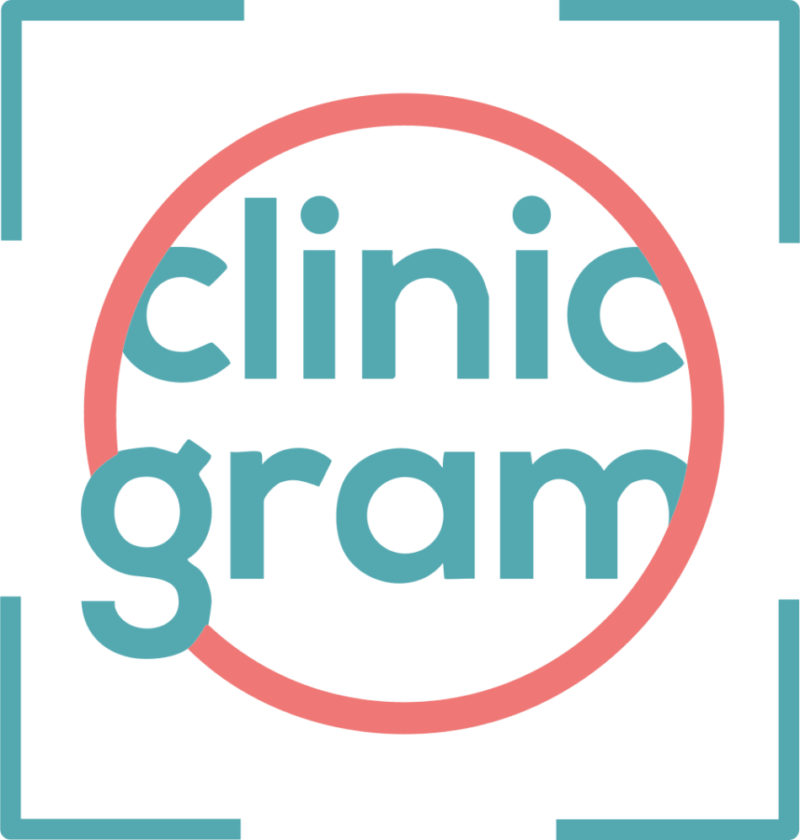
Adherence to clinical protocols in the management of chronic wounds remains a constant challenge for healthcare teams. Although national and international clinical guidelines exist, their application in daily practice is often hindered by multiple factors: time constraints, unstructured documentation, inconsistent follow-up, and variability among professionals. This lack of consistency can negatively impact both patient outcomes and the overall efficiency of the healthcare system.
In this context, the use of technology—particularly digital platforms such as Clinicgram—offers an effective solution to improve protocol adherence, streamline clinical workflows, and ensure safer, more precise care. A digital-first approach allows healthcare professionals to automate tasks, standardize documentation, and adapt follow-up processes to the real demands of clinical environments.
Current Challenges in Protocol Adherence
While the benefits of following clinical protocols are well established, many healthcare centers face the following barriers:
Limited Time During Evaluation
Healthcare professionals are often required to assess numerous patients in very short timeframes, making it difficult to conduct comprehensive evaluations aligned with established wound care protocols.
Inadequate Documentation
Manual and non-standardized recording of clinical information makes it difficult to obtain a clear view of wound progression, which in turn hinders interprofessional follow-up.
Subjective Interpretation
Two clinicians may assess the same wound differently, leading to inconsistent clinical decisions that can compromise care quality.
Lack of Longitudinal Traceability
Without proper digital tools, it becomes nearly impossible to monitor wound healing accurately over time—especially when multiple professionals are involved in the patient’s care.
Absence of Outcome Feedback
The lack of integrated systems that provide feedback on clinical outcomes prevents continuous improvement of care practices.
How Technology Enhances Protocol Adherence
Solutions like Clinicgram are designed to address these challenges directly and provide significant clinical value.
Standardization of Wound Assessments
Using AI algorithms and image analysis, wound evaluations are performed based on validated clinical criteria, eliminating variability and ensuring consistent interpretation.
Automated Clinical Data Capture
Images and structured data are collected directly from a smartphone, streamlining the documentation process and minimizing errors in data entry.
Early Warning Alerts
The system can detect signs of delayed healing or potential complications, allowing professionals to act proactively before deterioration occurs.
Evidence-Based Clinical Recommendations
AI-driven platforms offer suggested actions tailored to the wound type, healing progression, and patient profile, enhancing clinical decision-making without replacing it.
Secure and Collaborative Communication
Centralized data can be easily shared across teams and institutions, ensuring continuity of care and reducing information gaps during patient transitions.
Key Benefits for Healthcare Teams
Implementing technology like Clinicgram transforms how chronic wounds are managed and offers direct advantages to healthcare professionals operating in high-pressure environments where precision, coordination, and time efficiency are essential.
Improved Diagnostic Accuracy
AI-powered wound analysis standardizes evaluations and minimizes subjectivity, one of the main causes of diagnostic errors. The system identifies parameters such as wound size, tissue type, and early infection signs with high consistency.
Streamlined Clinical Workflows
Tasks like image capture, wound measurement, and data entry are automated, allowing teams to save time per evaluation. This frees up more time for patient-focused care and reduces administrative burden.
Data-Driven Decision-Making
The system provides evidence-based clinical suggestions by comparing wound characteristics with a vast database of similar cases. This helps validate hypotheses and strengthens the decision-making process, especially in complex cases.
Continuity and Traceability
Clinicgram’s structured documentation ensures information is shared consistently between professionals and shifts, supporting seamless collaboration and follow-up. This improves care quality and avoids critical data loss during handovers.
Anywhere, Anytime Access
Mobile accessibility enables clinicians to evaluate and monitor wounds from any location—whether in home care, primary settings, or rural clinics—ensuring high-quality care regardless of the context.
Reduced Risk of Clinical Errors
The integration of automation and AI support significantly lowers human errors caused by missing data, biased evaluation, or poor documentation. This contributes to better patient outcomes and fewer complications like infections or inadequate treatments.
Empowered and Motivated Teams
Advanced digital tools create a more organized, safe, and professional work environment. Healthcare professionals feel supported by systems that improve their performance, reduce decision-making stress, and increase confidence in their diagnostic capabilities.

Conclusion
Improving adherence to wound care protocols is not just a matter of clinical discipline—it requires the right technological tools. In environments where human resources and time are limited, platforms like Clinicgram can revolutionize clinical practice, making it more efficient, safer, and centered on the patient’s well-being. Digital wound care is no longer a future option—it is a present need. Want to know how to implement these solutions in your facility? Contact us, and we’ll show you how Clinicgram can support your team.
Please rate this post

